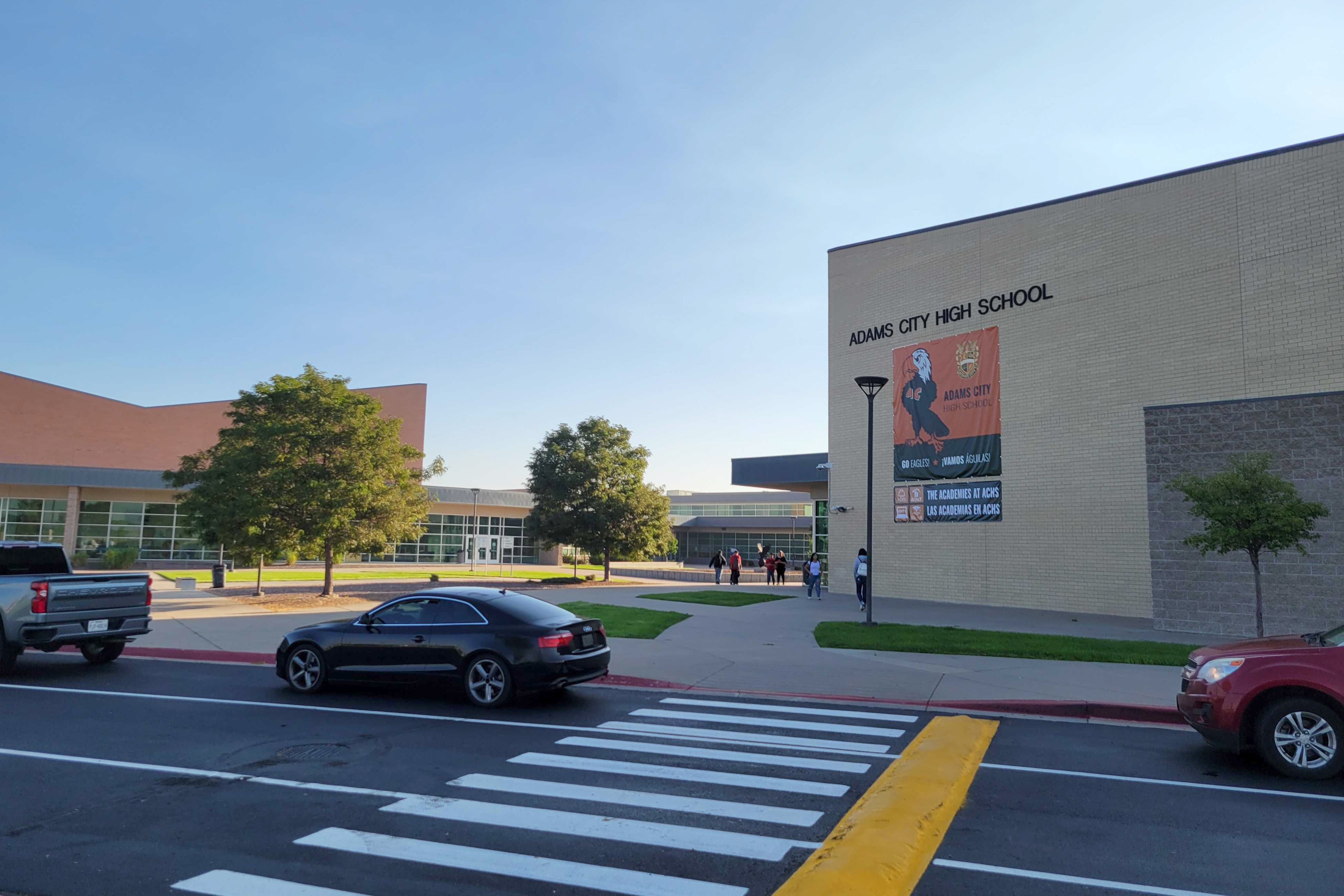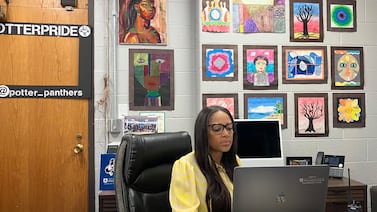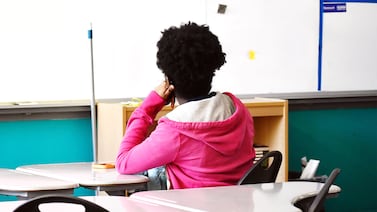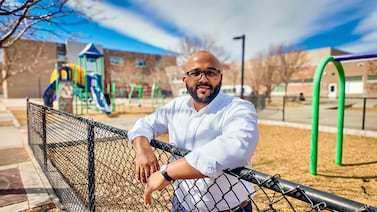Sign up for Chalkbeat Colorado’s free daily newsletter to get the latest reporting from us, plus curated news from other Colorado outlets, delivered to your inbox.
Despite early disappointment, Adams 14 leaders are celebrating as unofficial final election results this week show voters passed both of the district’s tax requests.
The district hadn’t had a local tax measure approved by voters since 2006, when a bond was passed to build the new high school.
Adams County’s last update to election numbers Thursday showed the district’s mill levy request, 4A, winning by 241 votes, and the district’s bond request, 4B, winning by 109 votes. Results will continue to be considered unofficial until after the usual audit process, with certification expected Nov. 26.
District leaders had initially released a statement expressing their disappointment when it appeared last week that both measures would fail, but the district sent out a new statement on Thursday thanking voters.
“The passing of the bond and mill levy demonstrates the increasing support and trust of the Adams 14 community,” said Superintendent Karla Loría in the statement. “This funding will allow us to upgrade our facilities, improve our learning environments, and ensure our teachers and staff receive the compensation they deserve.”
The district wanted the funding from the mill levy override to raise salaries for teachers and school staff but is not planning to raise administrator salaries.
The bond funding will help the district pay for building a new middle school to house seventh and eighth graders from both Kearney Middle School and Adams City High School, which will merge.
Other district schools will also get building repairs for safety and HVAC improvements, as well as new furniture for classrooms.
Loría said the next step is for the committee that worked on the campaign to meet again, this time as the new oversight committee for the spending of the bond, to come up with a timeline and next steps.
The district will also need to meet with the union to negotiate the staff salary increases.
For the middle school merger, the district is still conducting more community outreach. The district, like others in the metro area, has seen a drop in enrollment over the last several years.
Loría expects in the next couple of months to select a transition site where this year’s sixth graders will go in the fall of 2025, while current middle schools start to get phased out.
The district also must select a permanent new site for the joint new building sometime this school year. Once a site is selected, Loría said the district will also have discussions about whether transportation services will need to expand to help students who currently walk to their middle schools.
Loría also wants voters to know she’s working on creating several ways for the community to be able to track how the money gets spent, like a new website, as well as ways for the community to give feedback and “be able to share what they really appreciate and what concerns they may have.”
Yesenia Robles is a reporter for Chalkbeat Colorado covering K-12 school districts and multilingual education. Contact Yesenia at yrobles@chalkbeat.org.







